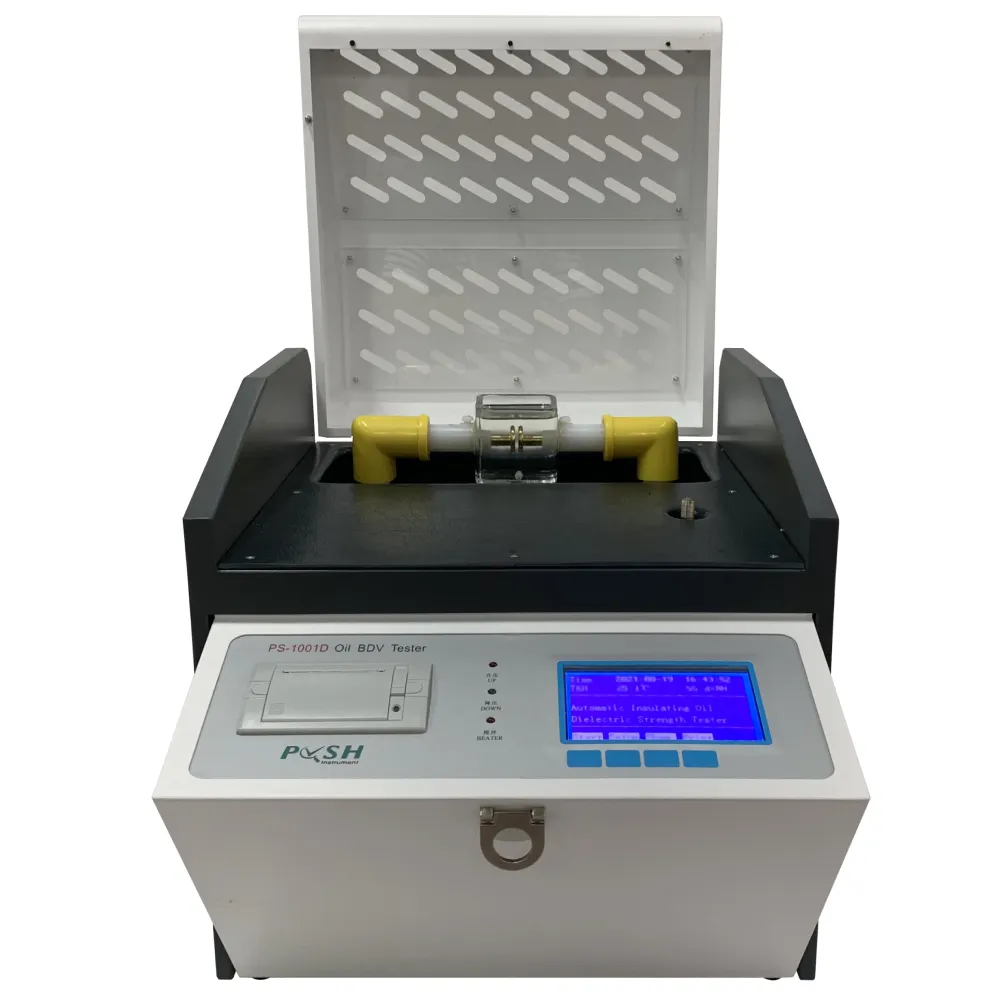 English
English



-
 Afrikaans
Afrikaans -
 Albanian
Albanian -
 Amharic
Amharic -
 Arabic
Arabic -
 Armenian
Armenian -
 Azerbaijani
Azerbaijani -
 Basque
Basque -
 Belarusian
Belarusian -
 Bengali
Bengali -
 Bosnian
Bosnian -
 Bulgarian
Bulgarian -
 Catalan
Catalan -
 Cebuano
Cebuano -
 China
China -
 China (Taiwan)
China (Taiwan) -
 Corsican
Corsican -
 Croatian
Croatian -
 Czech
Czech -
 Danish
Danish -
 Dutch
Dutch -
 English
English -
 Esperanto
Esperanto -
 Estonian
Estonian -
 Finnish
Finnish -
 French
French -
 Frisian
Frisian -
 Galician
Galician -
 Georgian
Georgian -
 German
German -
 Greek
Greek -
 Gujarati
Gujarati -
 Haitian Creole
Haitian Creole -
 hausa
hausa -
 hawaiian
hawaiian -
 Hebrew
Hebrew -
 Hindi
Hindi -
 Miao
Miao -
 Hungarian
Hungarian -
 Icelandic
Icelandic -
 igbo
igbo -
 Indonesian
Indonesian -
 irish
irish -
 Italian
Italian -
 Japanese
Japanese -
 Javanese
Javanese -
 Kannada
Kannada -
 kazakh
kazakh -
 Khmer
Khmer -
 Rwandese
Rwandese -
 Korean
Korean -
 Kurdish
Kurdish -
 Kyrgyz
Kyrgyz -
 Lao
Lao -
 Latin
Latin -
 Latvian
Latvian -
 Lithuanian
Lithuanian -
 Luxembourgish
Luxembourgish -
 Macedonian
Macedonian -
 Malgashi
Malgashi -
 Malay
Malay -
 Malayalam
Malayalam -
 Maltese
Maltese -
 Maori
Maori -
 Marathi
Marathi -
 Mongolian
Mongolian -
 Myanmar
Myanmar -
 Nepali
Nepali -
 Norwegian
Norwegian -
 Norwegian
Norwegian -
 Occitan
Occitan -
 Pashto
Pashto -
 Persian
Persian -
 Polish
Polish -
 Portuguese
Portuguese -
 Punjabi
Punjabi -
 Romanian
Romanian -
 Russian
Russian -
 Samoan
Samoan -
 Scottish Gaelic
Scottish Gaelic -
 Serbian
Serbian -
 Sesotho
Sesotho -
 Shona
Shona -
 Sindhi
Sindhi -
 Sinhala
Sinhala -
 Slovak
Slovak -
 Slovenian
Slovenian -
 Somali
Somali -
 Spanish
Spanish -
 Sundanese
Sundanese -
 Swahili
Swahili -
 Swedish
Swedish -
 Tagalog
Tagalog -
 Tajik
Tajik -
 Tamil
Tamil -
 Tatar
Tatar -
 Telugu
Telugu -
 Thai
Thai -
 Turkish
Turkish -
 Turkmen
Turkmen -
 Ukrainian
Ukrainian -
 Urdu
Urdu -
 Uighur
Uighur -
 Uzbek
Uzbek -
 Vietnamese
Vietnamese -
 Welsh
Welsh -
 Bantu
Bantu -
 Yiddish
Yiddish -
 Yoruba
Yoruba -
 Zulu
Zulu
Transformer Oil Sample Testing - Reliable Analysis for Optimal Performance
Transformer Oil Sample Testing Ensuring Reliability and Performance
Transformer oil plays a critical role in the operation and longevity of transformers, acting as both an insulator and a coolant. To maintain the reliability and performance of electrical transformers, regular testing of transformer oil samples is essential. This testing process provides valuable insights into the oil's condition, helping to identify potential issues before they lead to equipment failure.
Why Test Transformer Oil?
The primary reasons for testing transformer oil include monitoring its dielectric strength, acidity, moisture content, and the presence of dissolved gases. Each of these parameters can indicate the overall health of the transformer. For instance, a decrease in dielectric strength may suggest that the oil is contaminated or degraded, increasing the risk of electrical failures. Similarly, elevated acidity levels can indicate oxidation, which could lead to insulation breakdown.
Key Testing Methods
1. Dielectric Strength Testing This test measures the oil's ability to withstand electrical stress. A high dielectric strength indicates the oil is suitable for use in high-voltage applications, while lower values may signal the need for oil replacement or treatment.
transformer oil sample testing

2. Moisture Content Analysis Excess moisture in transformer oil can severely impact its insulating properties. Using techniques such as Karl Fischer titration, technicians can quantify the water content, helping to prevent insulation failure.
3. Dissolved Gas Analysis (DGA) DGA is a critical test used to identify potential faults within the transformer. By analyzing the gases dissolved in the oil, such as hydrogen, methane, and acetylene, technicians can diagnose issues such as arcing or overheating. This proactive approach can significantly reduce the risk of catastrophic failures.
4. Furan Analysis This method assesses the condition of the cellulose insulation within transformers. By measuring the concentration of furan compounds, technicians can gauge the level of degradation and predict the remaining life of the insulating material.
The Importance of Regular Testing
Implementing a routine schedule for transformer oil sample testing helps utilities and operators mitigate risks associated with transformer failures. By understanding the condition of the oil, operators can make informed decisions about maintenance, repairs, or replacements. Moreover, consistent testing supports compliance with safety standards and regulations, providing peace of mind that the equipment is functioning optimally.
In conclusion, transformer oil sample testing is an indispensable practice for ensuring the reliability and efficiency of transformers in power generation and distribution systems. By regularly assessing the oil's condition, operators can enhance the lifespan of their transformers, prevent unexpected outages, and maintain the smooth operation of electrical networks. Investing in these testing protocols is crucial for the success and sustainability of modern energy systems.
-
Testing Equipment Industry Sees Major Advancements in 2025: Smart & Precision Technologies Lead the WayNewsJun.06,2025
-
Applications of Direct Current Generators in Renewable Energy SystemsNewsJun.05,2025
-
Hipot Tester Calibration and Accuracy GuidelinesNewsJun.05,2025
-
Digital Circuit Breaker Analyzer Features and BenefitsNewsJun.05,2025
-
Benefits of Real-Time Power Quality Monitoring Devices for Industrial EfficiencyNewsJun.05,2025
-
Earth Fault Loop Testing in High-Rise Building Electrical SystemsNewsJun.05,2025



